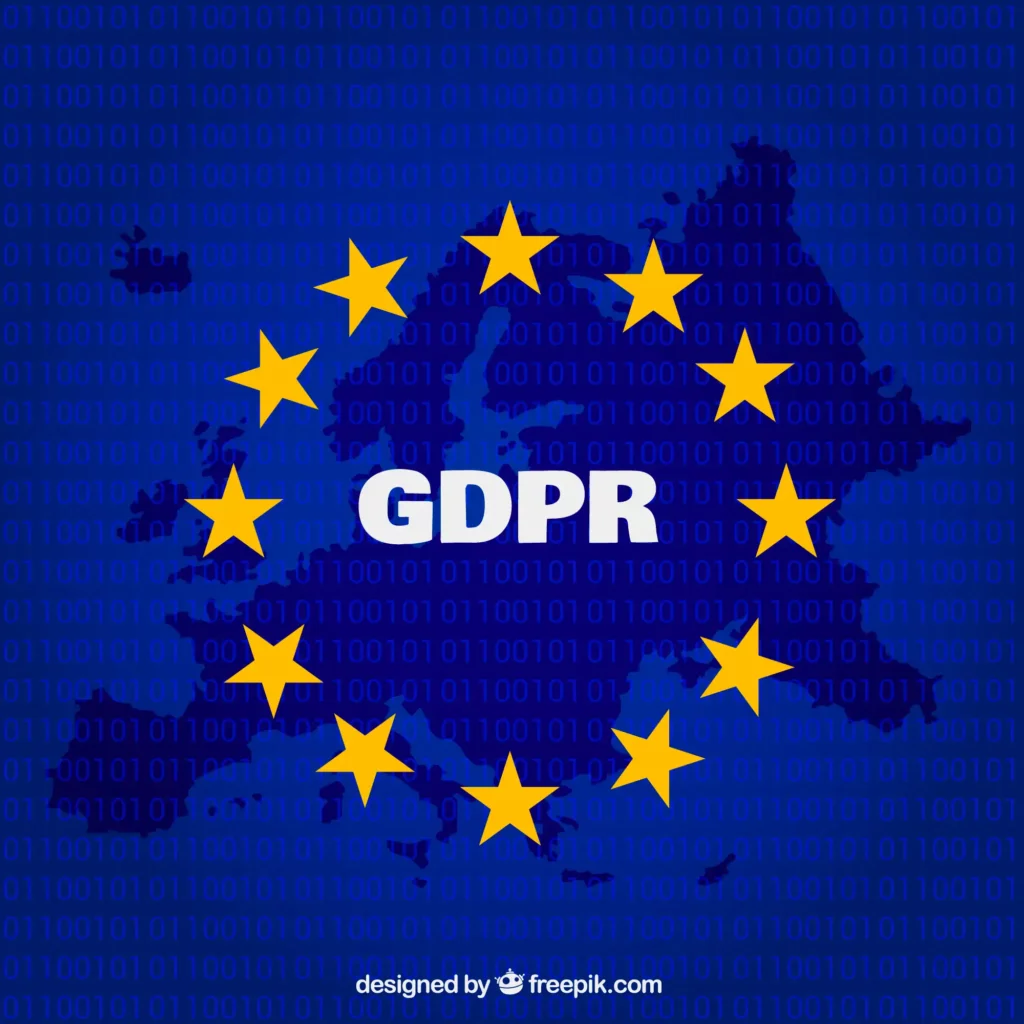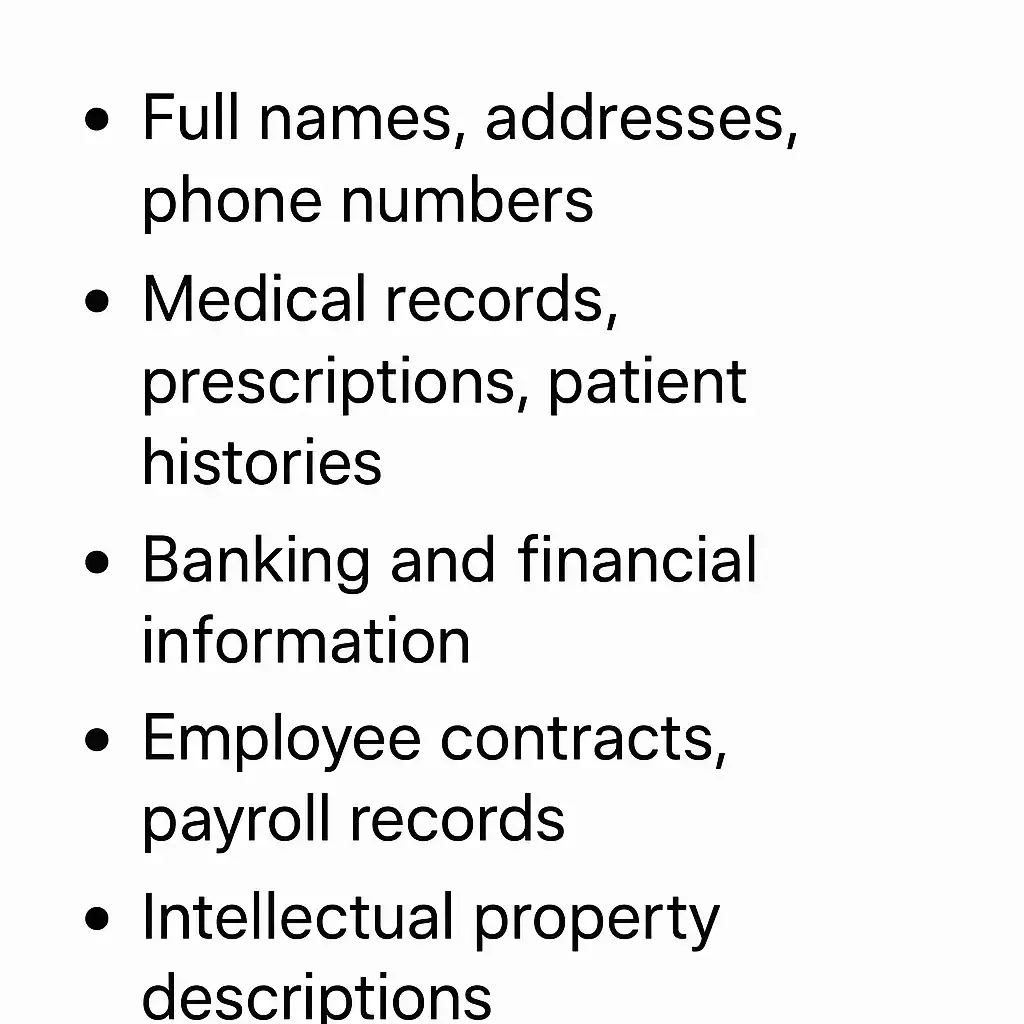Avoid pitfalls and delays. Learn what questions to ask when hiring a Chinese translation agency.
1. Why Translation Increases Data Privacy Risks?
When companies outsource translations, they hand over documents that often contain confidential information: customer records, legal contracts, product blueprints, clinical research data, and more.
Unlike internal communications, translation usually involves external vendors, freelancers, and digital tools — each one creating a new risk point for data exposure.
The Stakes Are High:
- IBM’s 2023 Cost of a Data Breach Report showed that the global average cost of a data breach reached $4.45 million — the highest on record.
- Healthcare and legal sectors face the most stringent privacy expectations, yet translation for these industries is critical.

GDPR fines for data mishandling in the EU can reach €20 million or 4% of global turnover, whichever is higher
Real-world example:
In 2019, a large translation agency faced backlash after leaking thousands of confidential Swedish government documents due to poor data handling during translation. Trust evaporated overnight.
2. What Personal Data Needs Protection During Translation?
Translation projects often touch much more personal data than companies realize. Under GDPR and similar regulations, personal data includes anything that could identify a person directly or indirectly.
Examples of sensitive information often found in translation projects:

“Privacy isn’t negotiable; it’s a fundamental right.” — Sundar Pichai, CEO of Google
If you’re translating HR materials, client surveys, or marketing personalization data — congratulations, you’re now responsible for privacy compliance too.
3. How to Keep Translation Projects Secure?
A multi-layered approach is key. Here’s what best practices look like:
Before starting the project:
- Choose vetted, professional translators who sign NDAs (Non-Disclosure Agreements).
- Select ISO 27001-certified translation agencies (this standard covers information security).
- Limit data access: Only share documents with translators who absolutely need them.
During the project:
- Use encrypted platforms for document sharing (no Gmail attachments or WeTransfer links without protection).
- Monitor access: Know who is working on your files and where they are stored.
After the project:
- Delete data safely after project completion.
- Conduct audits to confirm compliance.
Case study:
A major EU pharmaceutical company required all translation vendors to use secured VPNs, encrypted file-sharing portals, and access-controlled translation management systems (TMS). As a result, they maintained GDPR compliance even when translating millions of patient records into 28 languages.
4. What Privacy Laws Apply to Translation?
You can’t secure what you don’t know you’re responsible for. Several major privacy laws affect how you must handle translation:
🌍 Major Data Privacy Laws in Translation
- 🇪🇺 GDPR (EU):
Applies to any business handling EU residents’ personal data — even if your company isn’t located in Europe. - 🇺🇸 HIPAA (USA):
For medical translations, HIPAA rules require extreme protection of any Protected Health Information (PHI). - 🇺🇸 CCPA (California, USA):
Companies serving California residents must offer privacy disclosures and opt-outs regarding personal data. - 🇨🇳 PIPL (China):
China’s Personal Information Protection Law is similar to GDPR, but adds strict controls over cross-border data transfers.
Quote:
“Compliance is expensive. Non-compliance is unaffordable.” — Former U.S. Attorney General Paul McNulty
Translation Tip:
Always ask your translation vendor:
Are they GDPR-compliant?
How do they handle HIPAA-sensitive documents?
Can they ensure PIPL compliance if needed for Chinese projects?

5. How to Choose a Secure Translation Partner?
Choosing a translation partner is not just about price and language skills — it’s about trust and security. Here’s a checklist to find the right one:
✔️ Confidentiality Agreements: Require NDAs for all linguists and staff.
✔️ Secure Systems: Look for ISO 27001 certification or evidence of cybersecurity protocols.
✔️ Data Minimization: The less personal data shared, the lower the risk.
✔️ References and Reputation: Only work with vendors with a strong track record of handling sensitive documents.
Real insight:
A 2022 CSA Research study showed that 62% of enterprise buyers now rank data security among their top three concerns when selecting a translation provider.
Bonus Tip:
Ask your vendor if they offer “data redaction” services — removing or anonymizing sensitive fields before translation to reduce exposure.
READ MORE: Selecting the Right Translation Agency in China For Your Business
Translation is no longer just about words; it’s about trust.
In an age where data breaches can destroy reputations and incur massive fines, protecting personal and business information during translation is absolutely essential.
Whether you’re translating legal, medical, or business content, choosing the right translation partner — one who treats privacy with the seriousness it deserves — isn’t just smart. It’s survival.
Excerpt (for LinkedIn, Website Intro, or Email Newsletter):
🔒 Data privacy isn’t optional — it’s critical, especially when it comes to translation projects.
Whether you’re translating legal contracts, medical records, or internal business documents, one small leak could cost millions — or your reputation.
In this guide, we break down why translation poses unique data privacy risks, what personal information needs special protection, and how to choose a translation partner who truly understands security.
Learn how GDPR, HIPAA, and even China’s PIPL affect your translation strategy — and why trusting the wrong provider could be a disaster waiting to happen.
Protect your business. Protect your data.
